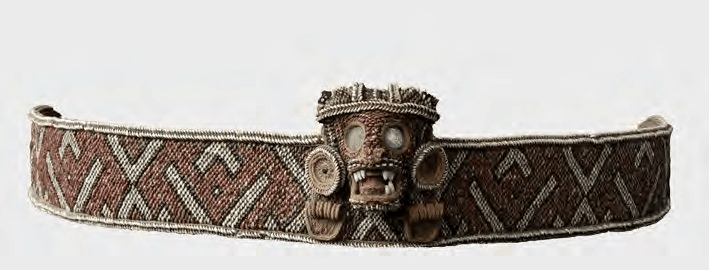This is probably not the best place to start with for Zuidema. A translation of lecture series from the 1980s he gave in France, the book attempts to analyze myths reported in the chronicle, fieldwork based on the ceque system, and kinship structure theories to make sense of how Inca civilization in Cuzco was tied to the calendrical, agricultural, and ritual cycle. Somehow it's all connected to moieties in which, however, each ruling Inca did not have a panaca that continued after his death. I'm still not sure what to make of Zuidema, but I'm definitely in favor of the more historicist approaches to the chronicles. Zuidema, on the other hand, seems to think that viewing more of the information recorded in the chronicles as myth can actually free our minds to develop alternative models which might be closer to the realities of pre-Hispanic Andean civilization. He even compares the age-class system of the Inca to the Ge peoples of Brazil, raising a possible area of exploration by looking at the Andean age-grade system in comparison with all of South America's Amerindian peoples.
I guess I keep falling back on the historicist bias since some of the chroniclers, like Sarmiento de Gamboa, even had representatives of each 'panaca' listen to the chronicle and offer feedback for any points they disagreed with. It's possible that each group had its own 'mythohistoric' view of their collective past and were able to agree on a coherent enough vision that was written down by Sarmiento de Gamboa. But I suspect the Inca, at least since Pachacuti, had a keen interest in history in both our "modern" sense and one related to myth. I don't think they interpreted their past as entirely "mythohistoric" and the evidence of possible quipu "records" and specialists in the interpretation of said records undoubtedly meant that a core "historic" tradition must have been propagated since at least Pachachuti in the 1400s.

No comments:
Post a Comment